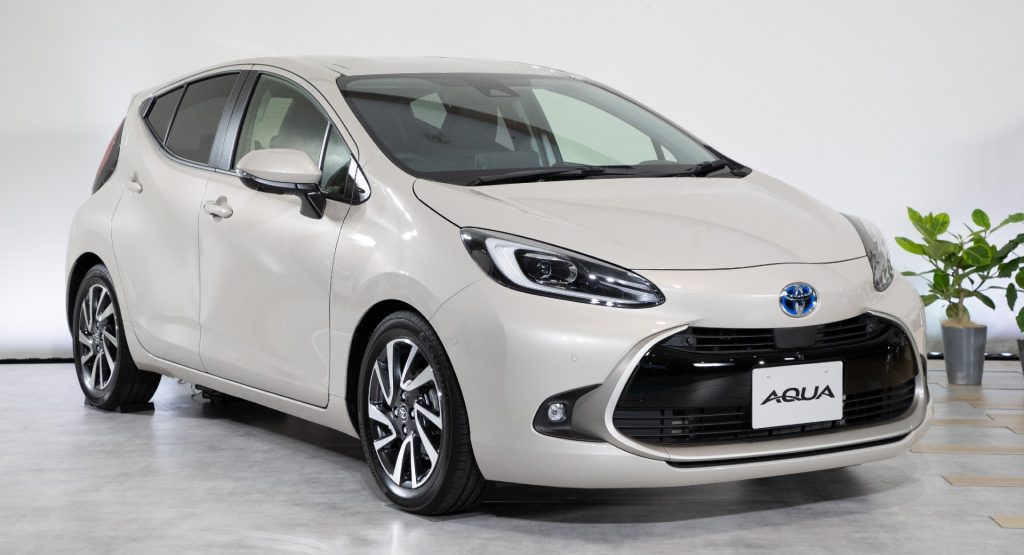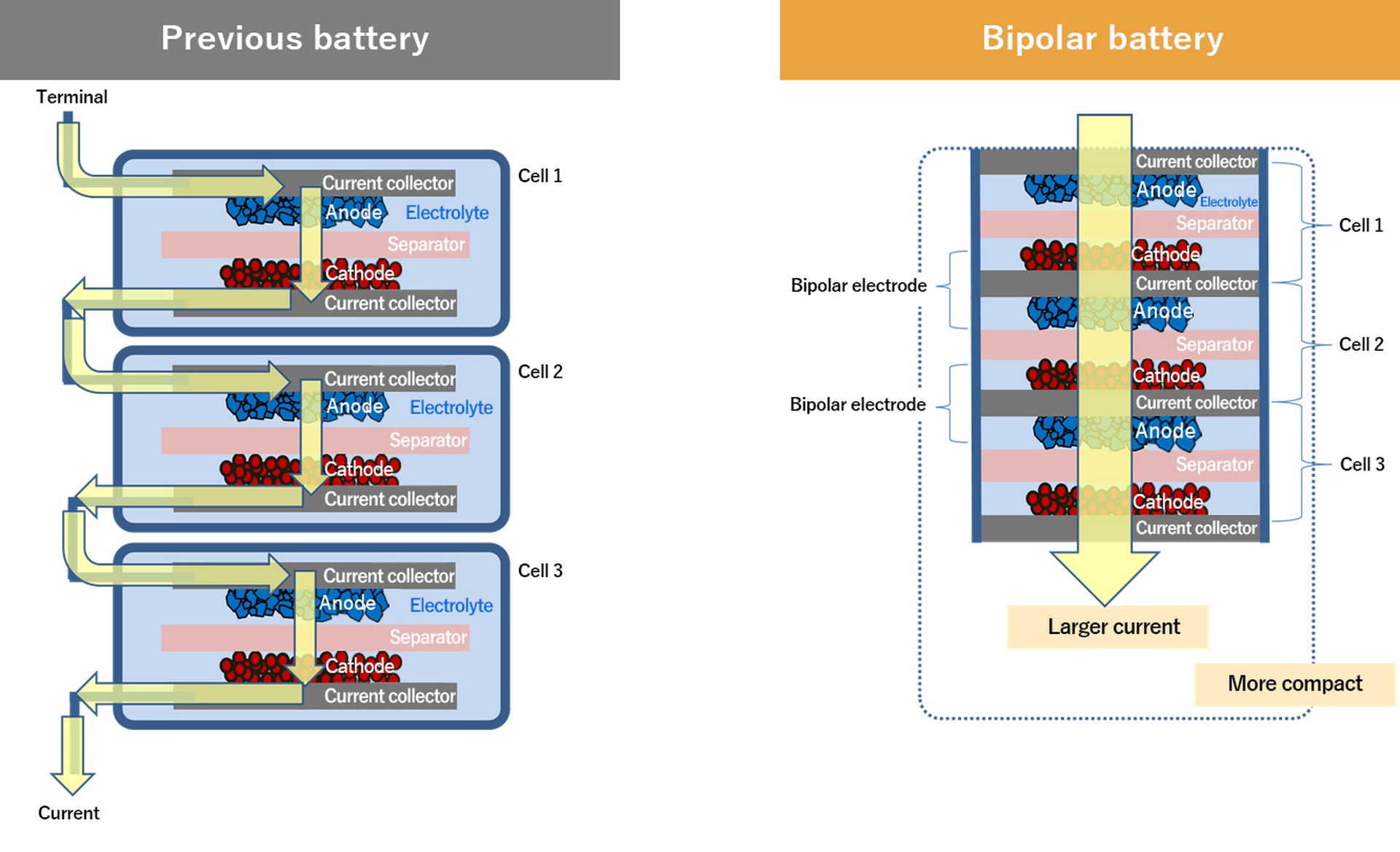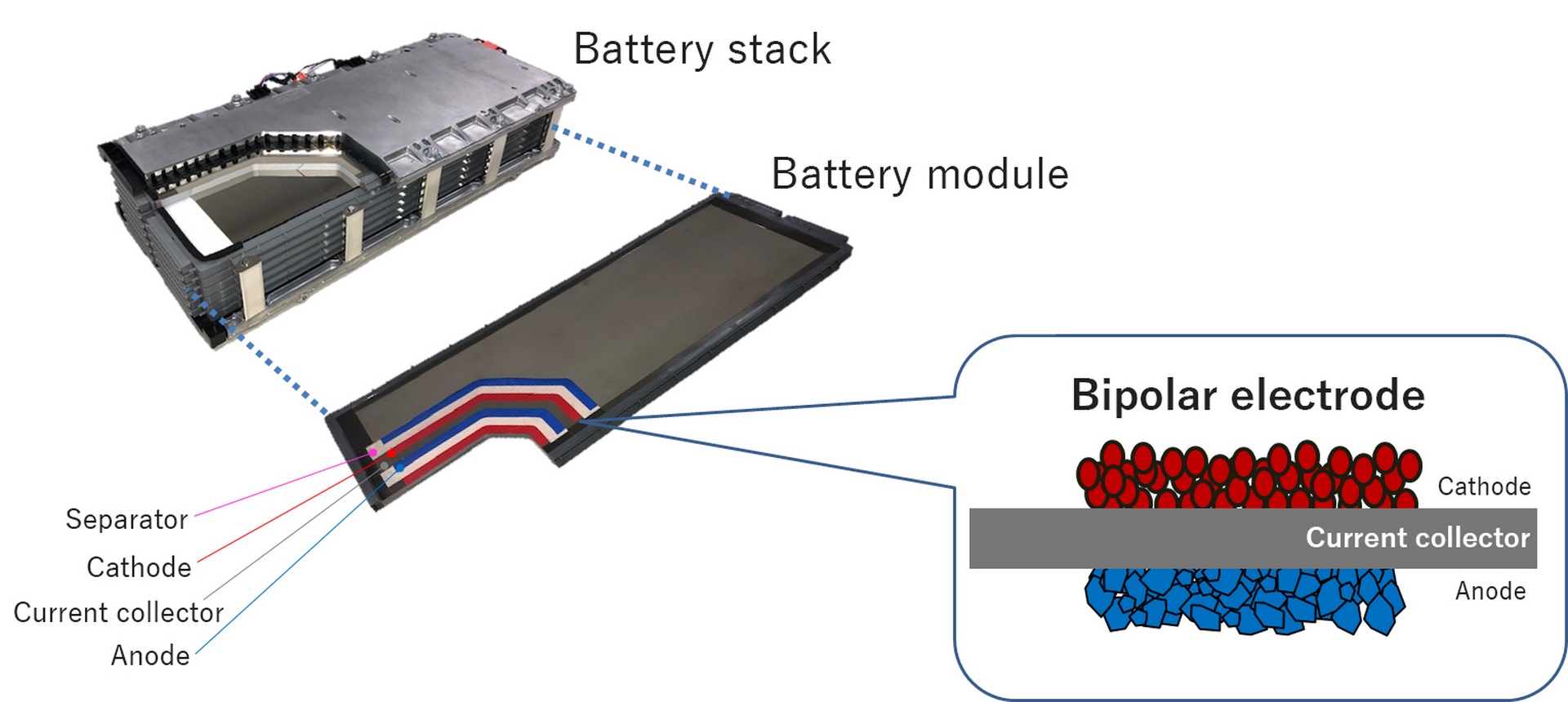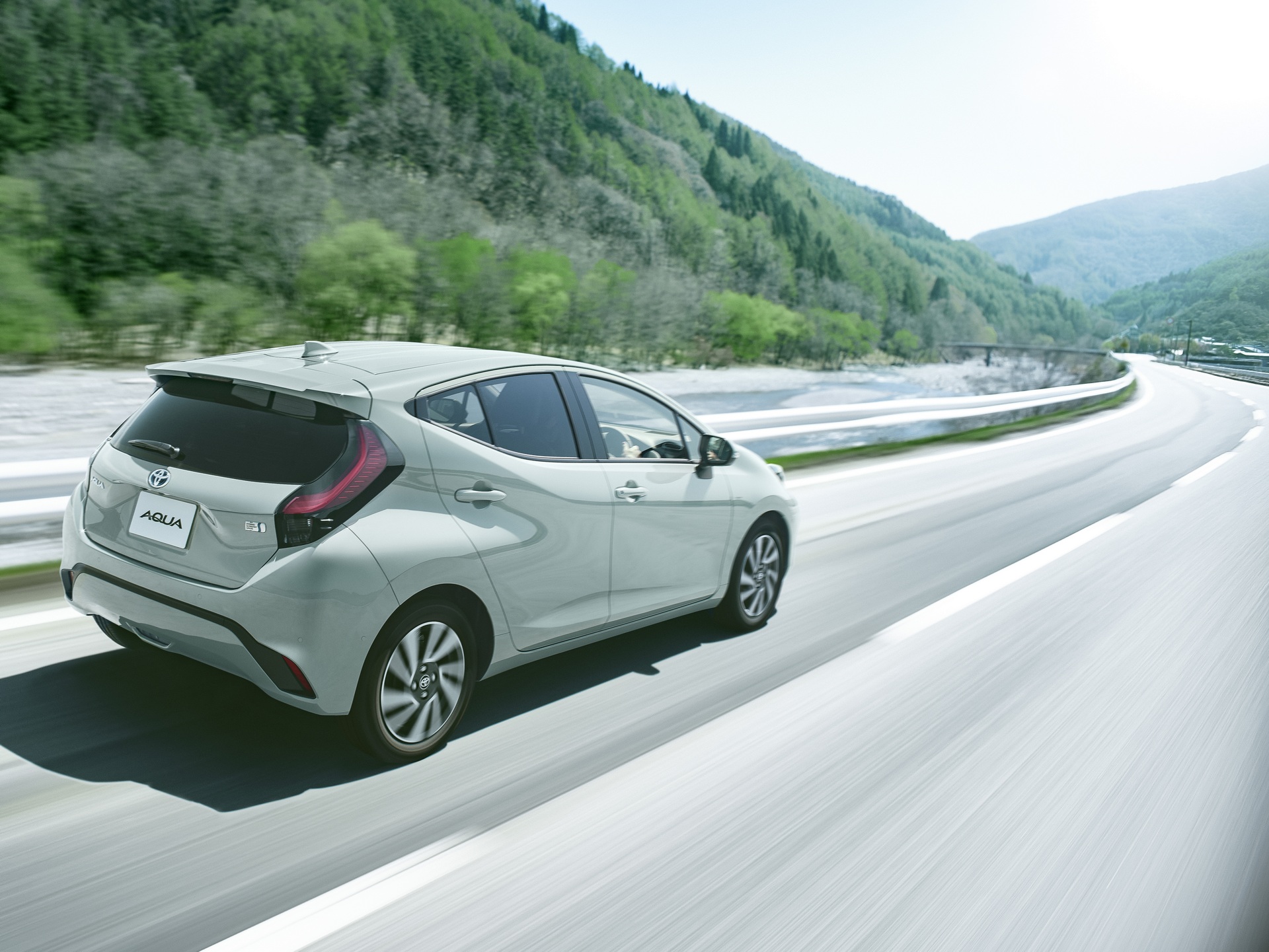Automotive battery packs are improving at a rapid rate with new cell chemistry promising to make them more efficient and safer. However, Toyota continues to use the same basic cell technology that it debuted with the Prius hybrid in the late 1990s.
The game-changing Toyota Prius first hit the market with a nickel-metal hydride battery. This has since been updated into the automaker’s new ‘bipolar nickel-metal hydride battery’ that premiered with the updated Aqua (Prius C) earlier this year.
Auto News writes that the new bipolar battery delivers 1.5 times the output of the old setup and allows for 1.4 times as many cells in the same space.
Toyota started working on the new battery architecture in 2016 and speaking with Auto News, group manager of Toyota’s advanced battery development division, Motoyoshi Okumura, notes that “if we use the same space, we are able to fit a battery that has twice the output.”
“The public has the image that nickel-metal hydride batteries are an old battery, but actually they’re not,” Okumura added. “We started developing this new type of nickel-metal hydride battery because, after 20 years of using it, there was a record of achievement. But the basic design has not changed significant. So we decided to take on the challenge of increasing the output.”
Toyota will use the same bipolar nickel-metal hydride battery for its hybrid vehicles that require quick bursts of power, noting that using lithium-ion makes more sense for all-electric vehicles that require a larger energy store.
Toyota’s current roadmap calls for a new-generation of lithium-ion battery in the latter half of the 2020s, as well as the development of solid-state batteries.
“In achieving carbon neutrality, it is very important to maintain a wide variety of options,” Okumura said. “So it is important that we do R&D on a wide variety of battery types.”










